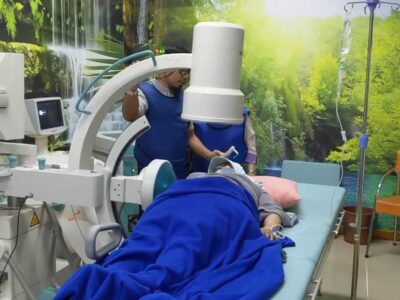
Primary care fosters early detection of various disorders, which may lead to fewer costly interventions. Early detection also promotes better decision-making between a primary care physician and patients. The cost of a given episode of care is also lower. These are only some of the many benefits of primary care. Read on to learn more about these benefits.
Continuity
There are several factors that affect continuity of primary care. Some of these factors are related to practice characteristics, while others are associated with patient characteristics. For example, continuity is more likely to occur in practices with fewer physicians. Other factors related to continuity include the practice’s ability to provide 24-hour on-call coverage, and whether the practice is open on weekends.
According to the authors of a commentary published in BMJ Global Health, continuity refers to “coherent and linked care” between two or more primary care providers. The goal of continuity is to improve patient care by addressing individual context and building trust. Researchers have shown that improving continuity can increase patient satisfaction, medication adherence, and health outcomes.
Comprehensiveness
The comprehensiveness of primary care can be measured by a variety of means. Measures should consider a range of services and a variety of population needs, including the ability to meet patients’ needs in different care settings and stages of life. They should also take into account psychosocial needs. Comprehensiveness should be evaluated in terms of its breadth and depth, not just its price.
One way to measure comprehensiveness of care is to look at physician practice and the number of non office visits performed by physicians. A recent study analyzed the participation rates of general practitioners in non office settings, and the types of services provided. It used billing records to determine the proportion of fee-for-service physicians who provided non office services and those who were “office-only” physicians.
Cost-effectiveness
The cost-effectiveness of primary care is in the spotlight once again, thanks to a report released by the Health Care Cost Institute. While the report raises more questions than it answers, it does show an alarming trend in primary care spending. The HCCI report was based on an analysis of health care spending in 2016.
The researchers looked at the cost-effectiveness of various primary care levels for five chronic diseases. They calculated the incremental costs of treating these diseases in terms of recurrent costs, total admissions, PAHs, and years of life lost.
Accessibility
The accessibility of primary care is influenced by several factors, including the geographical location of the facility. Although accessibility in terms of proximity has received the most attention, it is not the only factor that influences care access. Another factor is cost. Many individuals cannot afford expensive health services, and this can prevent them from seeking primary care.
These factors may influence accessibility, but the exact reasons are unclear. For example, the availability of pediatricians in rural areas may be a significant determinant. Additionally, changes in the network of physicians participating in Medicaid are unlikely to have significant effects on accessibility in most regions.
Patient satisfaction
Patient satisfaction is an important aspect of practice management. Increasing patient choice and more treatment options have made it more important than ever to make patients feel happy with the healthcare experience they receive. Patients who are satisfied with their experiences are more loyal and are more likely to keep their appointments. Additionally, they make excellent ambassadors for the healthcare providers they choose. They tell friends and family about the positive and negative experiences they have had with the provider.
Patient satisfaction ratings are useful in identifying a practice’s strengths and weaknesses. Positive reviews should reflect a practice’s strengths, and negative reviews should reflect problems or concerns that need to be addressed. Positive reviews can validate good practices and identify areas for improvement. Negative reviews can reveal areas for improvement and offer opportunities to resolve patient complaints.











